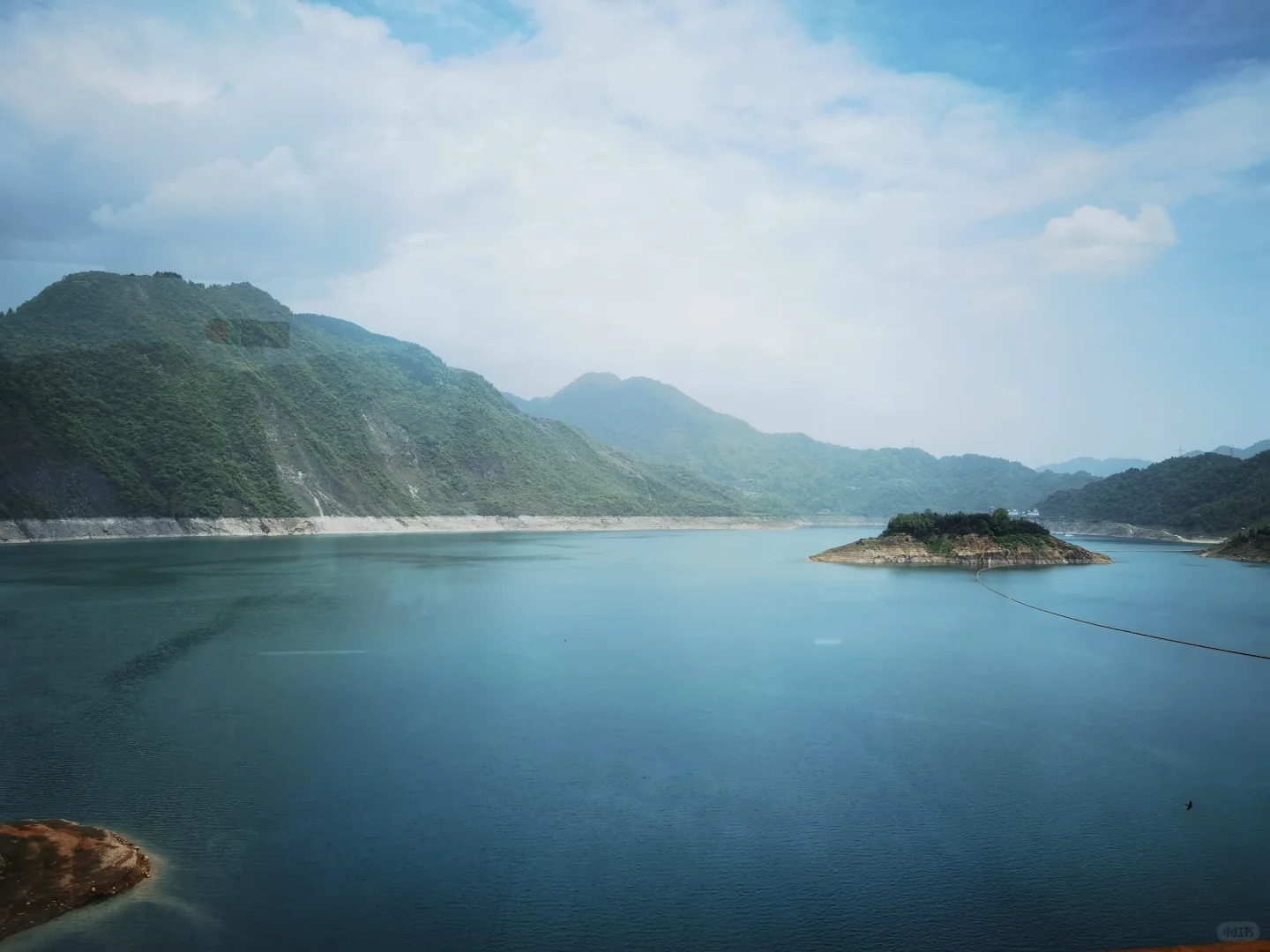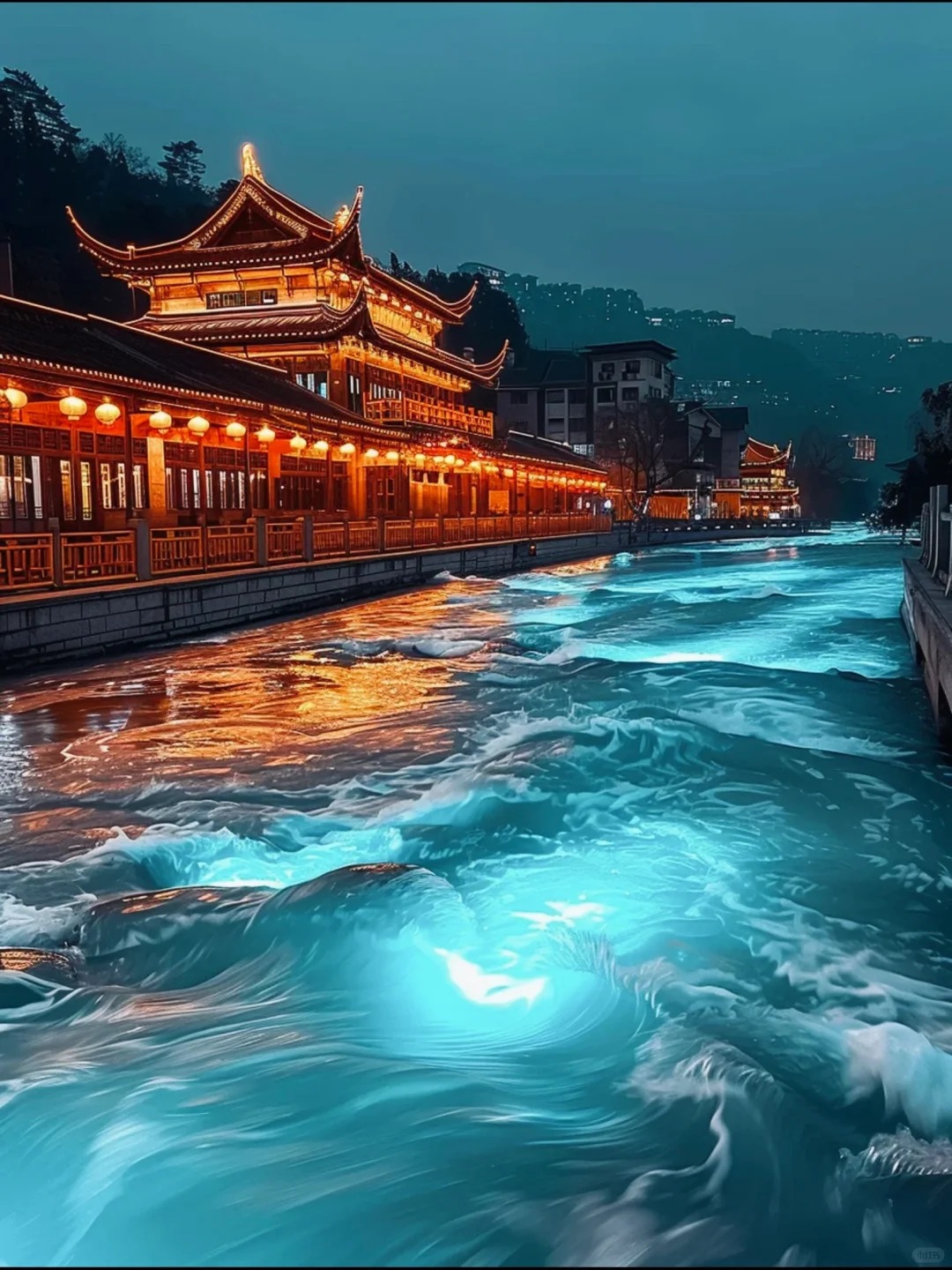Visiting Information
| Information | Details |
|---|---|
| Chinese Name | 都江堰 (Dūjiāngyàn) |
| Location and Address | Dujiangyan City, Chengdu, Sichuan Province, China |
| Opening Time/Hours | 8:00 AM – 6:00 PM (April to October) 8:30 AM – 5:30 PM (November to March) |
| Entrance Fee | 90 CNY for adults 45 CNY for students with valid ID |
| How to Get There | By Metro: Not available By Bus: Take bus K1, 5, 11, or 101 from Chengdu to Dujiangyan City By Taxi: About 1-hour drive from Chengdu city center |
| Best Time for Visit | Spring (March to May) or Autumn (September to November) for pleasant weather and beautiful scenery |
| Contact Info | Phone: +86 28 8769 1023 Email: [email protected] |
Overview
The Dujiangyan Irrigation System is an ancient water conservation project located in Sichuan Province, China. Built in 256 BC during the Warring States period, it is the oldest and only surviving no-dam irrigation system in the world. This engineering marvel continues to play a crucial role in flood control, irrigation, and water supply for the Chengdu Plain.
Historical Background
The Dujiangyan Irrigation System was designed by Li Bing, the governor of Shu Prefecture in the Qin state. He and his son led the construction of this innovative water management system to tame the Min River and prevent annual flooding while providing water for agriculture. The project took eight years to complete and has been functioning for over 2,000 years, significantly contributing to the region’s prosperity and earning it the nickname “The Treasure of Sichuan”.

Architectural Features
- Yuzui (Fish Mouth) Water-Dividing Dam: This V-shaped structure at the head of the system splits the Min River into inner and outer flows. It effectively manages the water volume entering the irrigation system and provides flood control.
- Feishayan (Flying Sand Weir): This spillway works as a flood-discharge device, automatically discharging excess water during flood season and maintaining a constant water level for irrigation.
- Baopingkou (Bottle-Neck Channel): This narrow channel regulates the water flow into the irrigation system. Its unique design allows for precise control of water volume entering the plains.
- Erwang Temple: Although not part of the irrigation system itself, this temple complex dedicated to Li Bing and his son is an integral part of the Dujiangyan scenic area, showcasing ancient Chinese architecture and history.
Cultural Importance
The Dujiangyan Irrigation System is not just an engineering marvel but also a cultural icon. It represents ancient Chinese wisdom in harmonizing with nature and demonstrates the advanced level of water conservancy technology in ancient China. The system embodies Taoist principles of working with natural forces rather than against them. It has been designated as a UNESCO World Heritage Site and is considered one of the great hydrological engineering projects of the ancient world.
Surrounding Attractions
- Mount Qingcheng: Located near Dujiangyan, Mount Qingcheng is one of the birthplaces of Taoism in China. It offers beautiful natural scenery, ancient Taoist temples, and a serene atmosphere for visitors seeking a spiritual experience or a peaceful retreat.
- Dujiangyan Panda Base: This research and breeding center for giant pandas is part of the China Conservation and Research Center for the Giant Panda. Visitors can observe pandas in a natural setting and learn about conservation efforts.
- Lingyan Temple: This ancient Buddhist temple, dating back to the Tang Dynasty, is situated on the mountainside near Dujiangyan. It features impressive architecture and offers panoramic views of the surrounding landscape.
- Anlan Suspension Bridge: This historic bridge spans the Min River and provides excellent views of the Dujiangyan Irrigation System. It’s a popular spot for photographs and enjoying the river scenery.

Photography Opportunities
- Panoramic Views: The elevated areas around the irrigation system offer stunning panoramic views of the entire complex, particularly beautiful during sunrise and sunset.
- Water Features: The dynamic water flow at various points of the irrigation system, such as the Fish Mouth and Flying Sand Weir, provides opportunities for capturing the power and beauty of water in motion.
- Ancient Architecture: The Erwang Temple and other historical structures in the area offer great subjects for architectural photography, showcasing traditional Chinese design elements.
- Seasonal Landscapes: The surrounding mountains and forests change with the seasons, offering diverse landscape photography opportunities throughout the year.
- Cultural Elements: Traditional performances, local customs, and cultural artifacts provide rich subjects for cultural and documentary photography.
Modern Importance
- Flood Control: The Dujiangyan Irrigation System continues to play a vital role in flood prevention for the Chengdu Plain, protecting millions of people and vast areas of farmland from potential flooding.
- Agricultural Support: The system irrigates over 5,300 square kilometers of farmland in the Chengdu Plain, contributing significantly to the region’s agricultural productivity and food security.
- Water Resource Management: Dujiangyan serves as a model for sustainable water resource management, demonstrating how ancient wisdom can be applied to modern environmental challenges.
- Tourism and Education: As a UNESCO World Heritage Site, Dujiangyan attracts millions of visitors annually, contributing to local tourism and serving as an important educational resource on hydraulic engineering and Chinese history.
- Cultural Heritage: The preservation and ongoing functionality of Dujiangyan highlight China’s commitment to maintaining its cultural heritage while adapting it to meet contemporary needs.

FAQ
- What is Dujiangyan Irrigation System famous for?
Dujiangyan Irrigation System is famous for being the oldest and only surviving no-dam irrigation system in the world, dating back to 256 BC. It’s renowned for its ingenious design that has provided flood control and irrigation for over 2,000 years. - What’s inside Dujiangyan Irrigation System?
Inside Dujiangyan Irrigation System, you’ll find the Yuzui (Fish Mouth) Water-Dividing Dam, Feishayan (Flying Sand Weir), Baopingkou (Bottle-Neck Channel), and the Erwang Temple. These components work together to control water flow and prevent flooding. - Is Dujiangyan Irrigation System free?
No, Dujiangyan Irrigation System is not free. There is an entrance fee of 90 CNY for adults and 45 CNY for students with valid ID. - Is Dujiangyan Irrigation System worth visiting?
Yes, Dujiangyan Irrigation System is definitely worth visiting. It’s a UNESCO World Heritage Site that offers insights into ancient Chinese engineering, beautiful scenery, and historical significance. - What to do in Dujiangyan Irrigation System?
In Dujiangyan Irrigation System, you can explore the various components of the irrigation system, visit the Erwang Temple, enjoy scenic views, learn about ancient hydraulic engineering, and take photographs of the beautiful landscape. - How do I get to Dujiangyan Irrigation System in the local city?
From Chengdu, you can reach Dujiangyan Irrigation System by taking a bus (K1, 5, 11, or 101) to Dujiangyan City. It’s about a 1-hour drive from Chengdu city center by car or taxi. - How to visit Dujiangyan Irrigation System?
To visit Dujiangyan Irrigation System, purchase a ticket at the entrance. It’s open daily year-round. Plan to spend at least half a day exploring the site. Guided tours are available, or you can use informational plaques throughout the site to learn about its history and functions.





